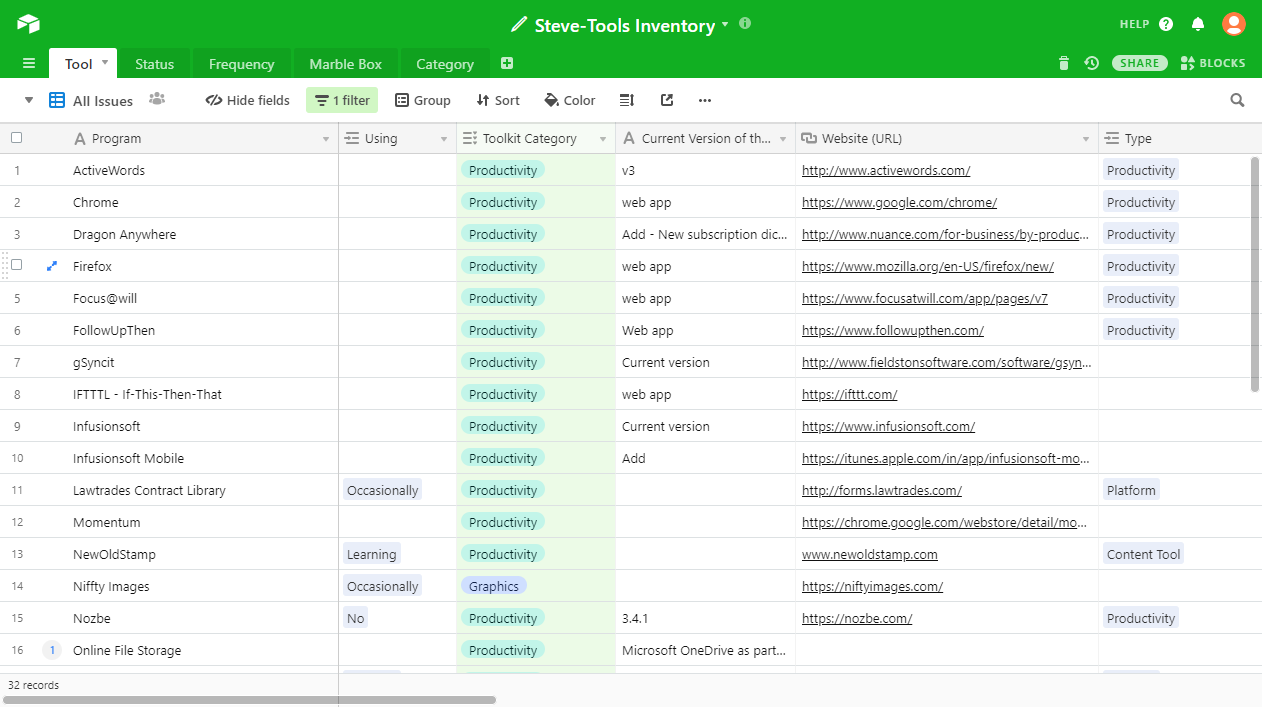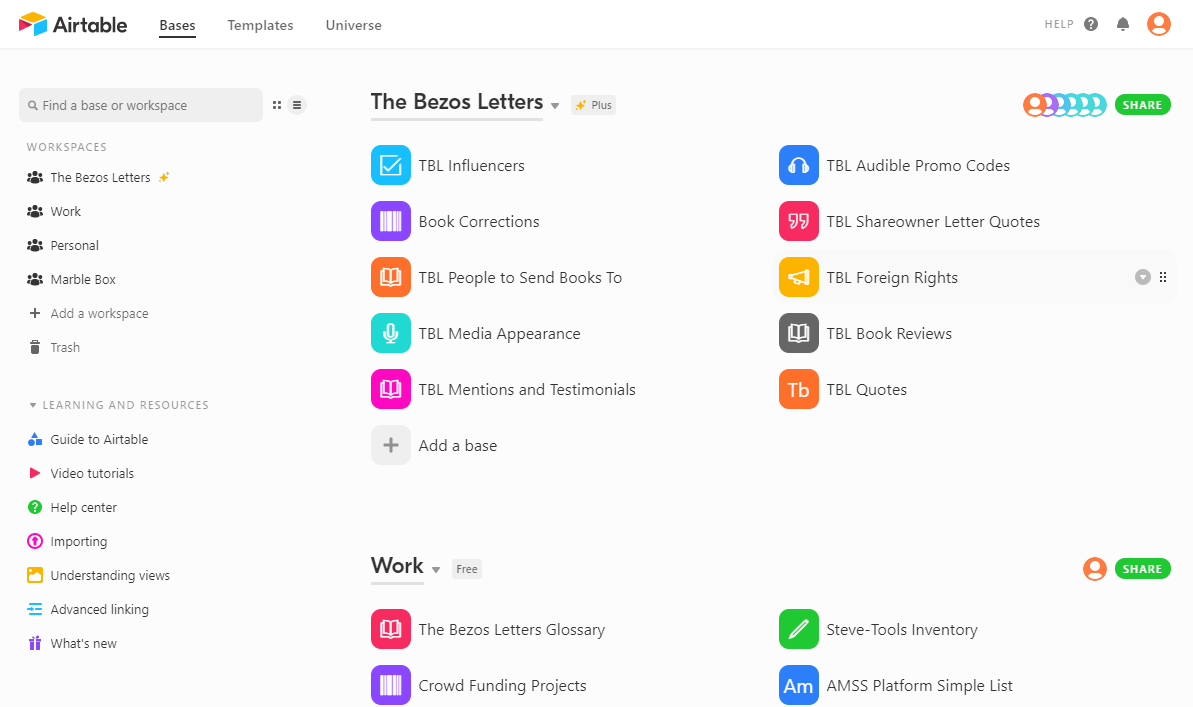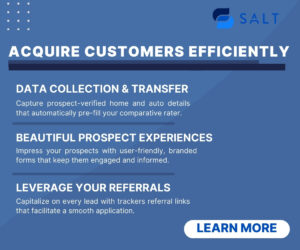Over the years, I have used various ways to make lists, keep track of projects, and store information. Microsoft Excel or Access has its place, but they seem to be overkill for keeping track of simple things.
Your lists could include a honey-do list, or a list of restaurants with notes, or a list of wines in your wine cellar, or a list of books that you have read or movies you have seen (how many times have you read the same book twice?).
Your lists at work might include a simple CRM or sales tracking process, a simple project management list (renewing a personal or small commercial account), or an employee directory.
Once you start thinking about it, you realize you make lists all the time.
I keep lists of agency management system platforms and quoting platforms and their vendors. I can easily reference these lists when agents ask which platforms they should consider.
An online alternative I’ve been using for a few years is Airtable.
Airtable is an online database that looks and acts like a spreadsheet. It allows you to create, use, and share small relational databases. It is designed to be used by smaller, not enterprise organizations.

There is nothing to download and install on your computer as the platform is entirely web-based. Go to Airtable.com and sign up. There is a free version to get you started that is quite capable. I used the free version for a few years but upgraded to the paid version to manage the launch of my book, The Bezos Letters.

Airtable includes all the standard elements of the database, such as:
- Bases: a base is a single database containing the information you need for a project
- Tables: each base can have more tables, like individual worksheets in a spreadsheet. Like any relational database, you can reference field data in another table so that you only have to update information in one place.
- Views: views are different ways to look at the data in a table
- Fields: Fields are the database equivalent of a spreadsheet column. Unlike in spreadsheets, each Airtable field can have a particular field type for different kinds of rich content. Some field types include file attachment, checkbox, phone number, long text, and select drop-down.
You can design and create a base from scratch or use a predefined template to get started quickly. The site has a selection of templates both for personal and business use that you can select.
Using Airtable in Your Agency
Here are a few examples of how you might be able to use an Airtable base in your agency:
- Sales CRM: this is a basic customer relationship management program. One of the most common questions I get from producers is how to track their prospects effectively. There are undoubtedly other more capable programs, but if you’re using an Excel spreadsheet (or 3 x 5 cards!) to track your sales activity, this will likely be better and easier to use.
- Project Tracker: there are many projects done in an agency. For example, your renewal process for personal lines is repeated for every personal lines account. It might be interesting to experiment using an Airtable base to track the status of monthly renewals instead of the Excel spreadsheet that you might be using currently. Or, what about the process of monitoring new business activity?
- Employee Directory: using a database to maintain employee information could also be an option. Remember, if you include any sensitive employee information, make sure you are comfortable with the security provided in an Airtable base.
- Blog Editorial Calendar: you should frequently add new content to your website. This base could be an excellent tool for internal use as you plan to write what articles for your site and when they are due.
An advantage of using Airtable is its collaboration capabilities. You can add individuals to your base by merely clicking the “Share” button. There are three collaborator permission levels for each base:
- Creator — allows full access to the base
- Edit Only — can add, delete, and modify rows and add, delete, and change views but cannot modify field types.
- Read Only — allows collaborators to view records but not edit them.
Collaboration allows simultaneous changes to a base. Individuals will see other people’s changes as they happen. The collaborator’s profile picture will appear in a record when actively editing it.
The use of Excel spreadsheets for database tracking is widespread within agencies (especially in the benefits department). Using a relational database like Airtable to replace an Excel spreadsheet could provide additional benefits to the agency. I have only highlighted a few of the capabilities of using an Airtable base in your organization.
For full details and to sign up for a free account, go to Airtable.com.
What tools besides an Excel spreadsheet are you using to track information in your agency?













































